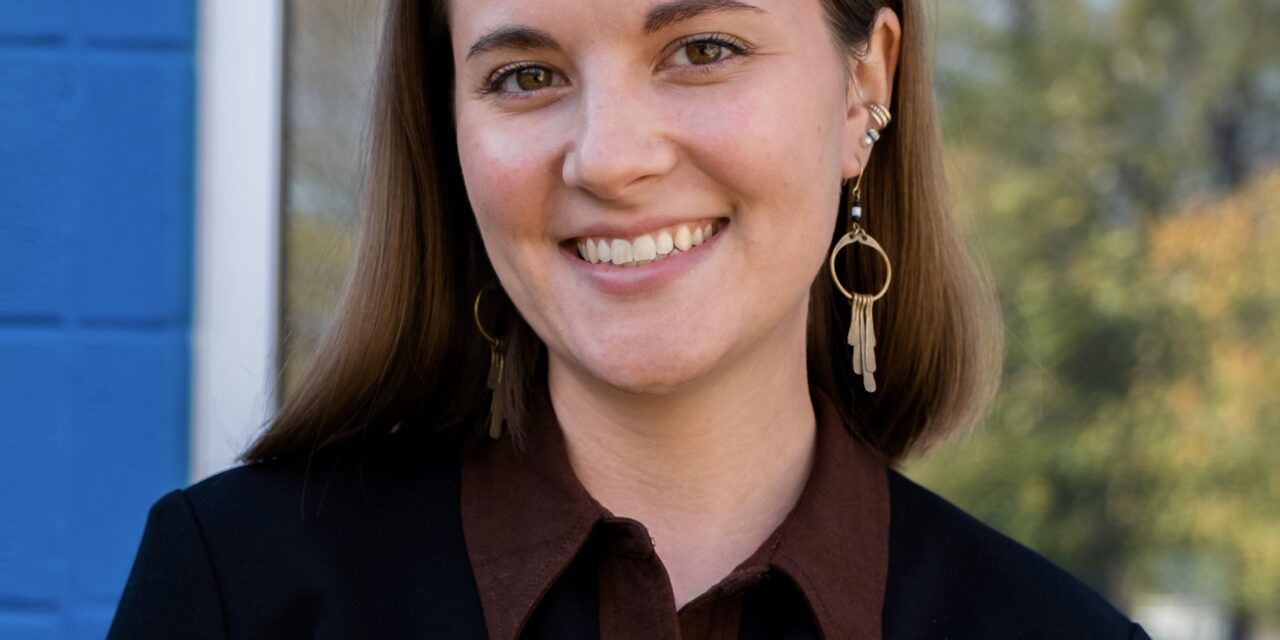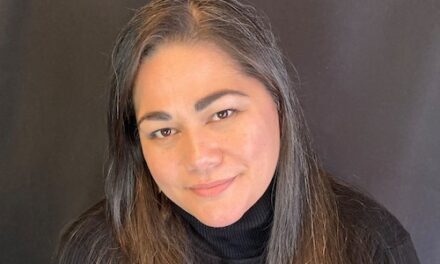
Associate Editor Kate Jayroe: In a fascinating flash essay, Fee takes us on a tour of the microwave’s unexpected origin story. We move through the battlefield, the lab, the classroom, and into the kitchen. This delectable combination of revelation and radiation ensures our readers will never encounter their kitchen counters quite the same way after reading this miCRo!
Listen to Fee read her piece:
Reconnaissance
I won’t call it a detonator. But after pressing the button, I scamper around the refrigerator, taking cover behind layers of sheet metal and white plastic finish from the machine’s invisible munitions. On the other side, something turns, and countless miniscule things vibrate, heating. From my foxhole of fridge magnets and family calendars, I wait for the tiny explosions. Slow at first, then faster, the contraption unleashes a small cacophony of heat and grease. I brace myself for the slowdown, then enter the fray and press STOP before the popcorn turns black. I pull on one corner of the steaming bag, careful to tilt my head away from the delicious, noxious fumes. At ease, soldier.
It’s not just my imagination. There’s a direct line between World War II technology and the butter that’s now on my fingers. In 1945 the emanations from a nearby radar system melted a Mr. Goodbar in the pocket of an unsuspecting Raytheon lab engineer, peanuts squishing in warm chocolate the consistency of trench mud. Fascinated, he applied for a patent on October 8 of that year—two months after his country had dropped atomic bombs on Hiroshima and Nagasaki, and barely a month after the official end of the war. The microwave was a peacetime invention.
In 1947 Raytheon released the Radarange, a 6-foot, 750-pound behemoth designed for heating food in commercial kitchens. The United States entered the Korean War, and the machine got smaller. Then came Vietnam, and it shrank again. By the time of the Tet Offensive, the microwave could finally fit on a housewife’s countertop.
Not long after, the nuns at St. Mary’s Springs middle school gathered my dad and his classmates to see the domestic marvel for themselves, wheeled in on a cart, a body on a stretcher. Slices of bacon were heated and passed around. My dad received a draft number that was never called.
There’s a certain way my parents would phrase the question, when, late to the dinner table because of toys or tantrums, I found that my food, cut into neat, easy-to-swallow bites, was already cold: Want me to nuke it?
Ellen K. Fee is an educator and writer from the Upper Midwest. Her poetry has been nominated for Best of the Net and appears in Reckoning, Flyway, West Trade Review, and stamped into the sidewalks of St. Paul, her favorite city. She can be found on social media @ellenkfee.
Read More miCRos










